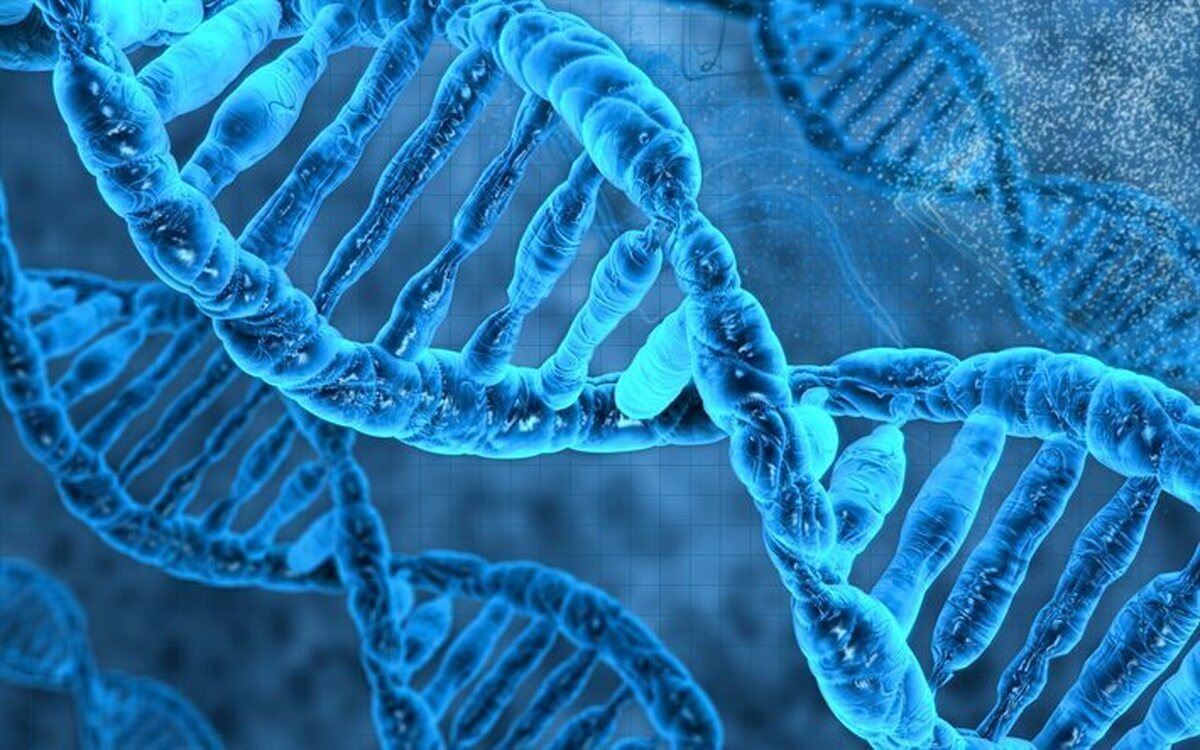Iranian Researcher Designs, Produces DNA Extraction Kit

DNA extraction techniques have been adapted to perform extractions on many different types of biological sources.
DNA is extracted from human cells for a variety of reasons. With a pure sample of DNA, you can test a newborn for a genetic disease, analyze forensic evidence, or study a gene involved in cancer.
Since the first DNA extraction was performed in 1869, scientists have made extraordinary progress in designing extraction methods that are more reliable, easier and faster to perform, more cost-effective and produce a higher yield.
The samples are extracted from specific sources, including human tissues, blood, hair, leaf tissue, bacteria, yeast, fungi, body fluids, soil, and clinical samples.
Alireza Niazmand is a plant pathologist who has been working for several years on molecular studies. He came up with the idea of producing DNA extraction kits that are able to extract DNA samples from all living tissues.
Niazmand is an associate professor at the Islamic Azad University, Jahrom branch. He holds a Ph.D. degree, working for 23 years in plant pathology.
On the sidelines of the Islamic Azad University's "second step of revolution" under the title of Asreh Omid Event, he told ANA that DNA can be extracted from any tissue, but the best samples are usually extracted from blood.
Isolation of DNA through phenol-chloroform is another method commonly used methods in molecular biology.
DNA is a polar molecule due to the negative charges on its phosphate backbone, so it is very soluble in water and less so in phenol. Therefore, when water and phenol are mixed, the DNA does not dissolve in phenol. Instead, it remains in the aqueous phase.
DNA can also be recovered and concentrated from the aqueous phase by ethanol precipitation. After the organic extractions, the aqueous phase containing the RNA is incubated with RNaid glass beads, for purification rather than being ethanol precipitated.
The yield of DNA per gram of leaf tissue extracted is quantified using a UV spectrophotometer. For RNA isolation, pure water is used as a solvent for phenol. DNA is caused to enrich in the organic phase and in the protein-interphase, reducing the DNA contamination of RNA isolates significantly.
Various methods are used for DNA extraction which is different in terms of sample, size, and time. However, there are also commonalities among the methods, Niazmand pointed out.
The product is widely used in diagnosing human and animal diseases, genetics, biotechnology engineering, agriculture, producing vaccines and drugs, conducting PCR and RT-PCR tests, phylogenetic studies, and genetic fingerprinting to name a few.
Asreh Omid Event which was held in Tehran's Mosalla from May 29 to June 1, 2022.
It aimed to exhibit new achievements and products in the technological and innovation arenas in line with opening new windows towards strengthening the idea of creating ground for knowledge-based businesses at the 40th anniversary of the establishment of the Islamic Azad University.
Some 3,000 knowledge-based companies, laboratories, research centers, and startups took part in Asreh Omid Event.
4155/g





















